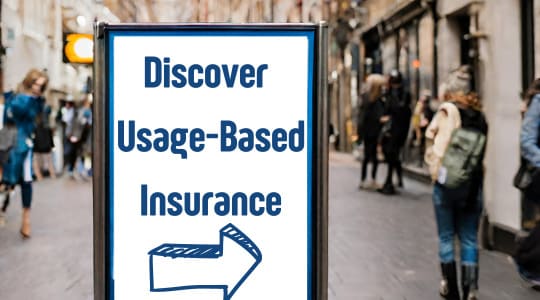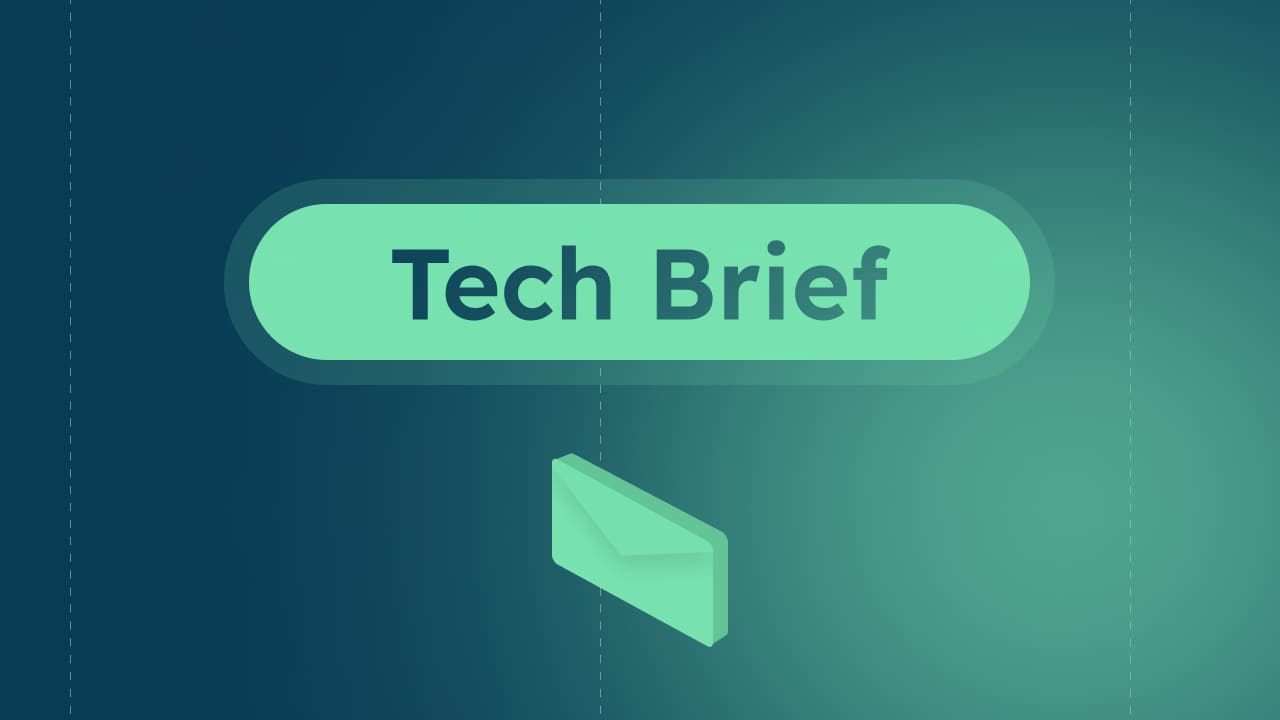“Per-mile cover to cut accidents”. This headline could have been written by an insurance expert in 2023. Surprisingly, it's the actual headline of an article shared by the BBC back in 2006! Although usage-based insurance (UBI) has become a buzzword in car insurance in recent years, it actually has a long history. It was born in 1997 when Progressive and GMAC experimented with UBI based on GPS and the cellular network. This initial experiment led to the launch of TripSense in Minnesota seven years later. It was the first UBI program based on annual distance and hours driven.
Since the mid-2010s, interest for UBI programs has been growing, fueled by the emergence of connected car insurance. Innovative digital tools including mobile telematics have enabled insurers to launch and monitor UBI programs on a larger scale while the promotion of sustainable mobility patterns has encouraged policyholders to reduce their car use, leading to new low-mobility insurance policies.
This guide describes the characteristics of the two types of UBI schemes (pay-per-kilometre and pay-per-minute), compares the three technologies available on the market to support UBI programs and details the benefits of UBI policies for insurers and customers.
Increasingly, UBI programs are referred to as Pay-As-You-Drive (PAYD) or Pay-As-You-Go. In our article, we use the terms “UBI” and "PAYD” interchangeably without distinguishing between the two.
What are the characteristics of Usage-Based Insurance programs?
UBI programs should be envisioned as a new approach to car insurance. In conventional car insurance programs, the term “usage” refers to "the average use of the vehicle". It is one of the criteria used by insurers to make quotes, along with driving history or marital status, among others.
In the context of UBI, the term "usage" is a different concept. In the case of a pay-per-kilometre or pay-per-mile program, it refers to the mileage driven. In the case of a pay-per-minute program, it refers to the time spent driving.
In UBI programs, two parameters are used to determine a policyholder’s premium:
-
a minimum monthly cost
-
an additional cost depending on the distance travelled (pay-per-kilometre) or the time spent driving (pay-per-minute)
The mileage driven or the driving time is recorded by a telematics device in the car, which makes it possible to monitor precisely the minutes spent driving or the kilometres driven.
Which telematics solution should insurers choose for their UBI programs?
While the UBI market was previously dominated by connected boxes, other technologies including mobile telematics and connected cars have emerged since 2015.
Connected boxes/OBD dongles
As explained in the introduction to this article, UBI programs were born with connected boxes and OBD dongles. For almost a decade, they were the only technologies available on the market to support UBI programs. Lately, they have faced fierce competition from alternative technologies due to critical factors such as cost (as a hardware solution, connected boxes or OBD dongles are expensive) and the logistics of purchasing, sending them to the policyholders and installing them in the car.
Connected cars
Connected cars offer high quality data with great accuracy. However, this solution has a limited reach as only new vehicles are connected. What about older cars? It's also worth noting that vehicle data is expensive because it is sold by OEMs to insurers without any regulation. Additionally, vehicle data is not yet standardised. This makes it difficult to launch a PAYD programme based on vehicle data. Read more about connected car data in our study “Connected vehicles vs. Smartphones: Which is better for measuring road risk?”.
Smartphone telematics
Smartphone telematics emerged in the first half of the 2010s. Since 2015, it has been gaining market share and has become the technology preferred by insurers to launch their UBI programs. Indeed, mobile telematics has many advantages:
-
Scalability & logistics: as a software-based solution, smartphone telematics is more affordable than hardware devices. Logistics are simple, as policyholders only need to download their insurer’s app to benefit from the service.
-
Reliability: the quality of mobile telematics data is very high. The technology has already been adopted by leading US insurers (Progressive, StateFarm, AllState among others).
-
Universality: mobile telematics is a universal solution as it is the driver's smartphone that is connected. This means that all vehicles on the road, regardless of brand, year of manufacture or type of vehicle, are covered.
-
Road safety: mobile telematics is the only technology that can detect distracted driving because it uses smartphones, the source of distraction, as a means to monitor and reduce distraction. Insurers wishing to implement road safety programs to reduce phone distraction should therefore opt for mobile telematics.
|
Focus on the French market In France, several insurers have successfully launched PAYD programs. Let’s take a look at two of them.
|
Why should insurers launch UBI programs?
PAYD programs benefit both insurers and their customers.
Increasing customer loyalty
PAYD programs tend to target car owners who drive less than 10 000 kilometres per year and car owners who make very limited use of their second or third vehicles. For these low-risk drivers, UBI programs are financially more attractive than traditional car insurance products, as premiums are based on the actual car usage. Introducing pay-per-kilometre or pay-per-minute programs is a good way to retain and reward these low-risk drivers while attracting other similarly low-risk drivers.
Promoting sustainable mobility patterns through economic savings
The lower the usage, the lower the premium. This is how UBI programs work. Policyholders are therefore incentivized to save on their premium by reducing their car dependency and opting for alternative modes of transport. This benefits the policyholder, who saves money, the insurance company, which reduces the policyholder’s driving risk, and the planet, which is less polluted.
Improving claim experience
UBI programs can offer innovative features such as crash detection. In the event of a road accident, the support centre receives an alert and can dispatch emergency services or roadside assistance based on the crash data collected. Crash detection enables insurance companies to support their customers at the moment of truth and to save lives.
Rebuilding customers’ trust
UBI programs promote transparency on the part of insurers (pricing models) and the policyholders (sharing of driving data). Insurance companies that want to make their customers safer on the road can launch road safety programs to their UBI policyholders in order to reduce distracted driving and aggressive driving behaviour. These driving challenges are appreciated by policyholders who can improve their driving habits while being rewarded for adopting safer driving behaviour. Plus, road safety programs initiate a constructive dialogue between the insurers and the policyholders about road risk. During this exchange, the policyholder feels valued and becomes more aware of their room for improvement. This dialogue often results in a noticeable and measurable change in behaviour over time!
Conclusion
We hope that you gained a thorough understanding of what usage-based insurance is, why mobile telematics is the most complete technology to support your Pay-As-You-Drive policy and the advantages of these programs for you and your customers.
As a leading mobile telematics provider in Europe, DriveQuant assists and advises insurance companies wishing to launch their connected insurance programs. We work with many insurers worldwide including Covéa, LB Forsikring and Star Assurances. DriveQuant is also SCOR’s strategic partner for usage-based insurance programs.



![[2025 Edition] The Guide to Connected Insurance](https://blog.drivequant.com/hubfs/7-%20%5BEdition%202025%5D%20Le%20Guide%20de%20lAssurance%20Connect%C3%A9e.png)
